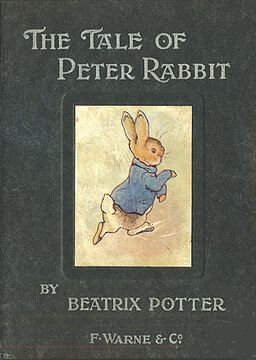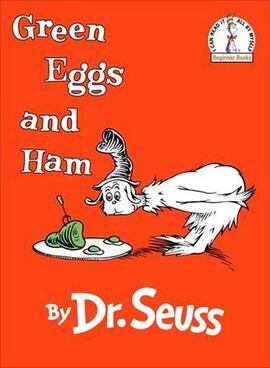What do the Top Five Selling Children's Picture Books Teach Us About Our Own Writing?
For children’s book writers (and most writers, really,) the craft rarely comes with the goal of epic stardom or wealth, though such an outcome would be a very happy one. It’s a labor of love… for most of us. That being said, what factors bring the top five selling children’s picture books of all time to such heights? Knowing such things, after all, wouldn’t be too terrible to keep in mind when writing or editing.
#1: The Poky Little Puppy by Janette Sebring Lowrey (1942)
A heartwarming story of a messy, rambunctious little puppy who stumbles through a series of mistakes, all the while learning and growing from the adventure. Such a simple idea, so what keeps it in the minds and hearts of a quickly rotating audience? Well, there’s the honesty of the story that’s relevant to kids. This book knows its audience well in that way. It acknowledges a child’s inclination toward small, everyday disasters and the consequences that follow. It’s relatable but presented in a fresh form.
#2: The Tale of Peter Rabbit by Beatrix Potter (1902)
This one follows the tale of a brave and defiant little rabbit who runs into trouble when the advice of his mother isn’t followed. This is one that stands out for many reasons; one such that it happens to be originally self-published with black & white illustrations. It’s notable again for its bravery in honesty. This tale isn’t afraid to show the threats in the world while allowing for a bit of distance from the reader by letting the characters be represented as animals. Its brutal, honest and gentle all at once.
#3: Tootle by Gertrude Crampton (1945)
Tootle is a tale about a train that has to learn to stay on track to reach its destination. Since the book was published in 1945, it’s unlikely that the book was explicitly written about the neurodivergent brain, though it’s impossible not to draw parallels between childhood ADHD and the journey of this adorable train who loves chasing butterflies. In general, it’s difficult to guide the young brain, so it’s an apt representation of a wide audience, giving it room to switch between target audiences.
#4: Green Eggs and Ham by Dr. Seuss (1960)
It’s one we’ve all read in childhood. It offers a challenge to the new reader, including a strong rhyming scheme and memorable imagery. To parents’ delight, this one is about trying new things; namely food, a famously difficult thing to get toddlers to try. This book encourages adventure in even the small things. Dr. Seuss is a controversial name, but this book has stayed in the top five list of picture books.
#5: Pat the Bunny by Dorothy Kunhardt (1940)
Last but not least for our list today, Pat the Bunny is the first interactive and second bunny-themed book listed here. It’s easy to see why this book has stood the test of time. It gives toddlers and parents the chance to discover the world together and explore the textures it offers. It's a teaching and bonding book that has extended its popularity to other interactive books of its kind, though the first will always be the classic.
What lessons can you extend to your own books as you write them? The list offers a certain kind of consistency: honesty, a splash of detachment for the imagination to wander, and a hook that keeps the reading fresh and new. Sure, sounds easy enough, though it may take a few iterations and revisions to accomplish such notoriety. It’s doable with only a few guidelines!
List generated thanks to Publishers Weekly. Opinions made by writer’s observations.





